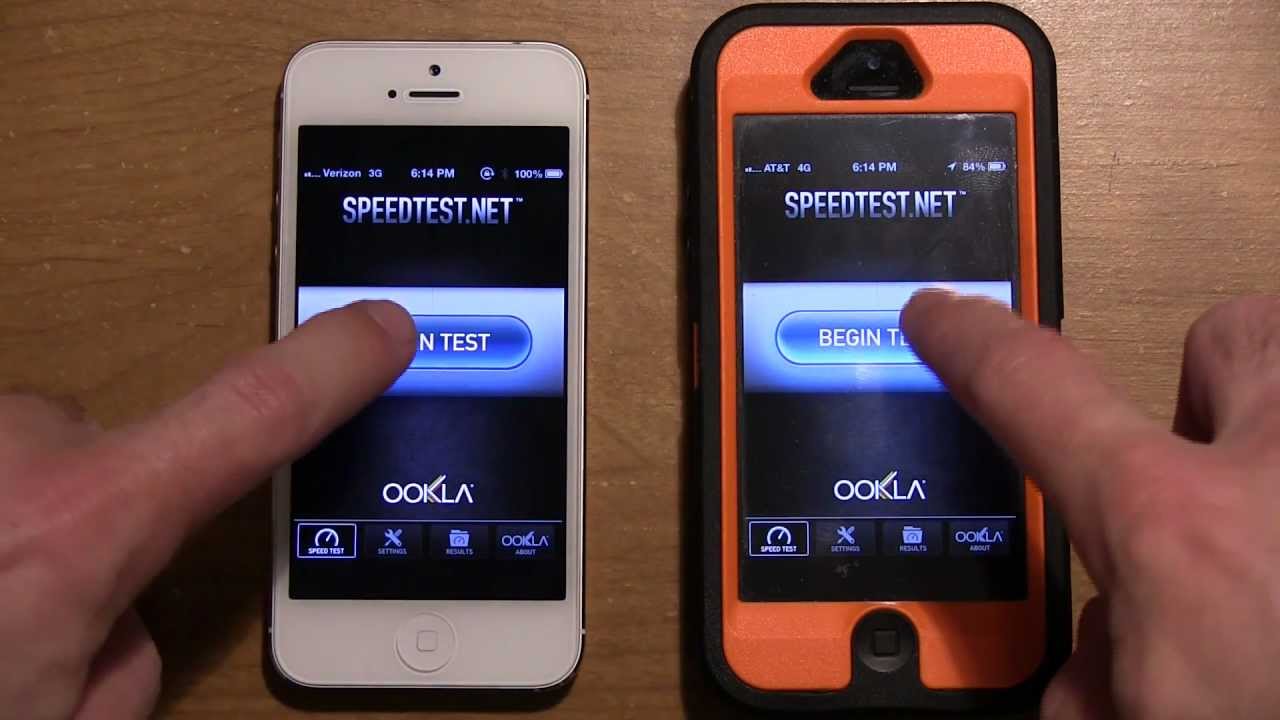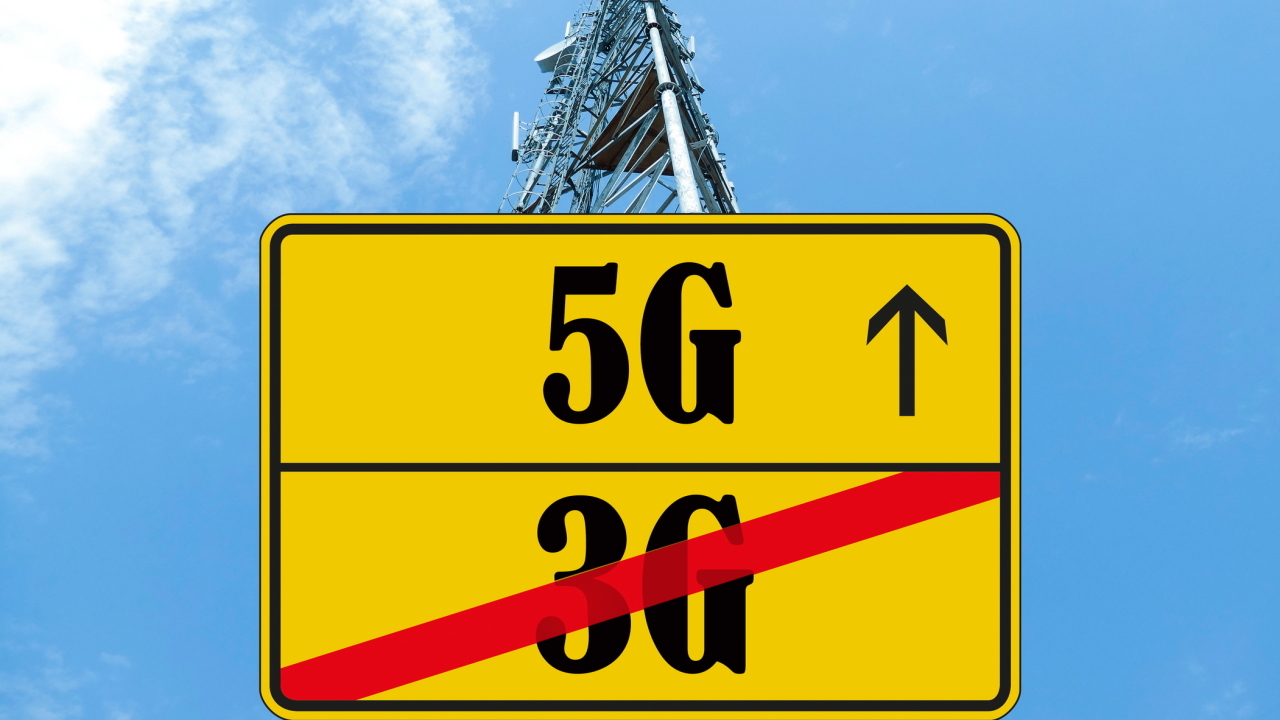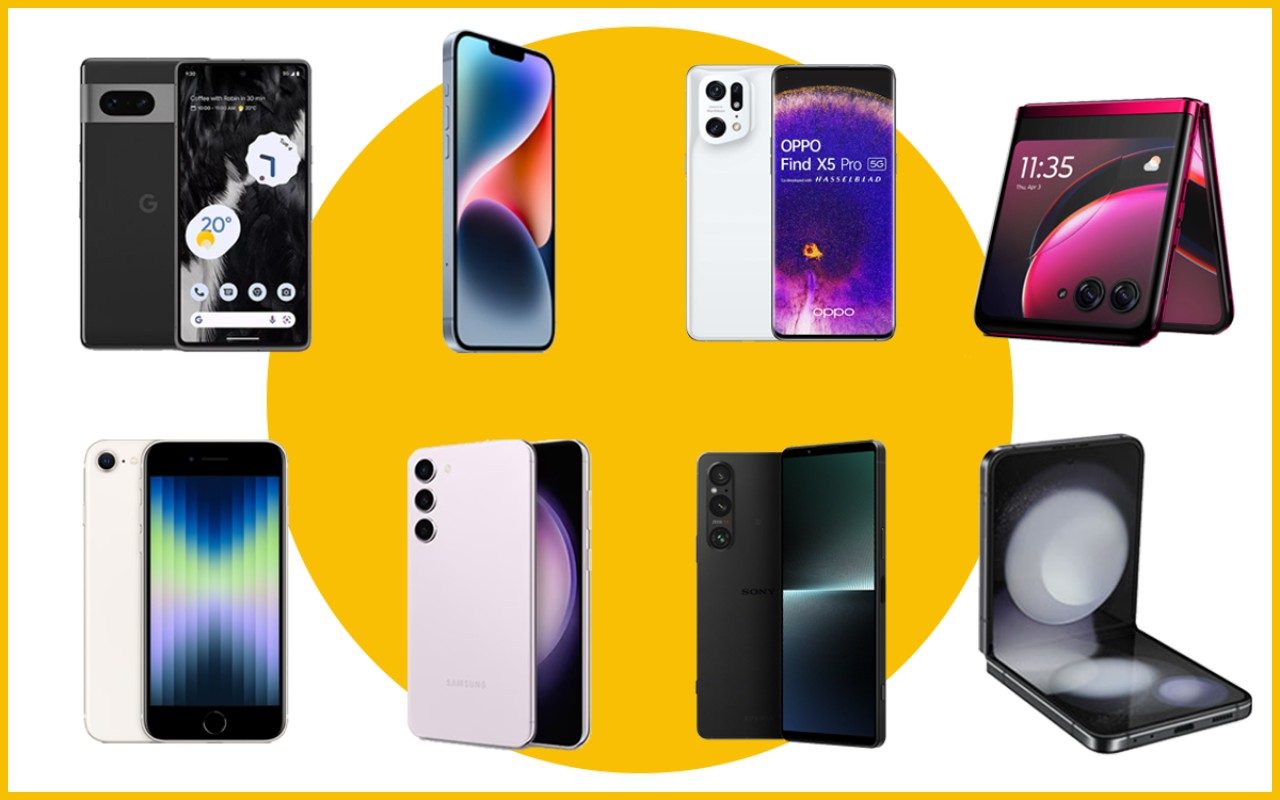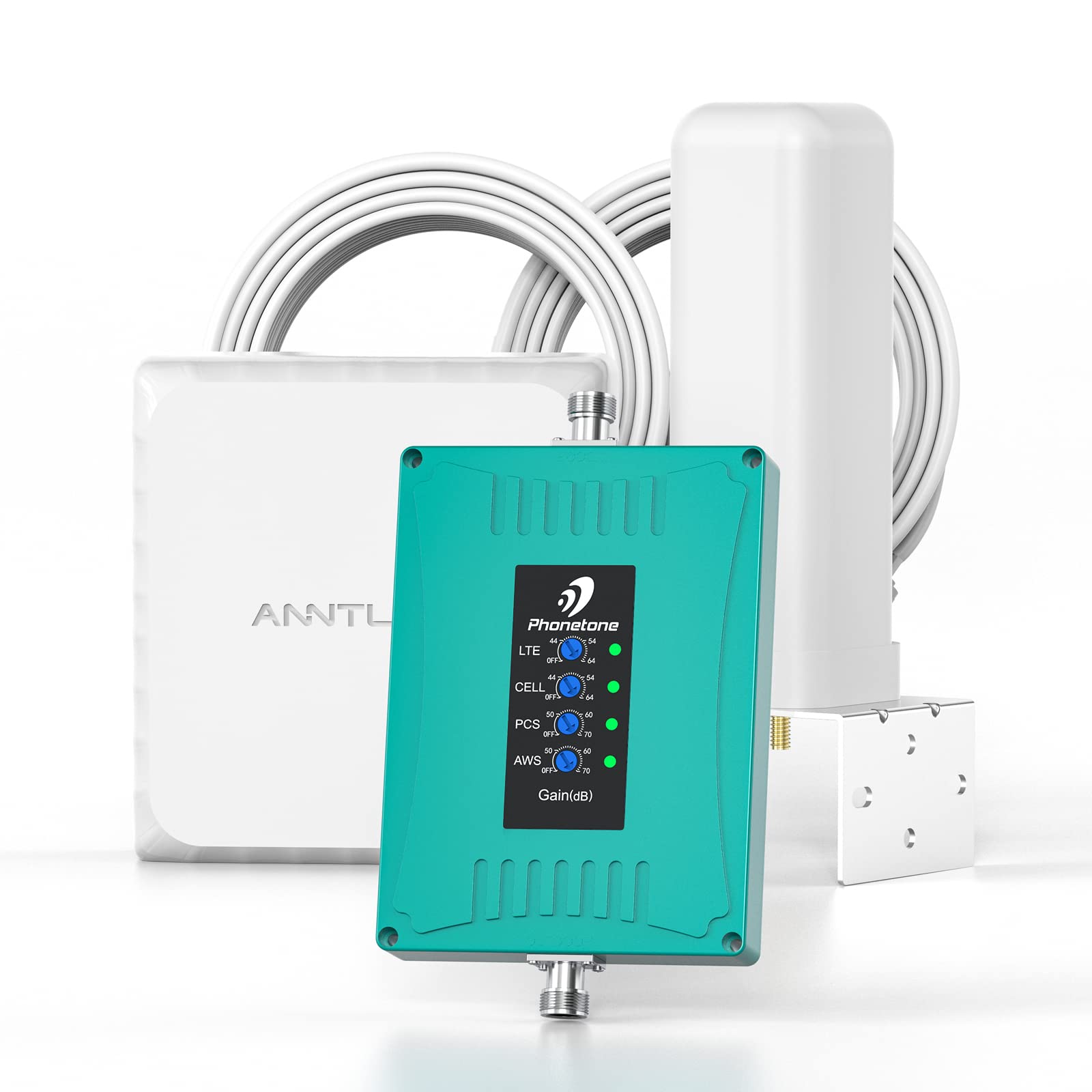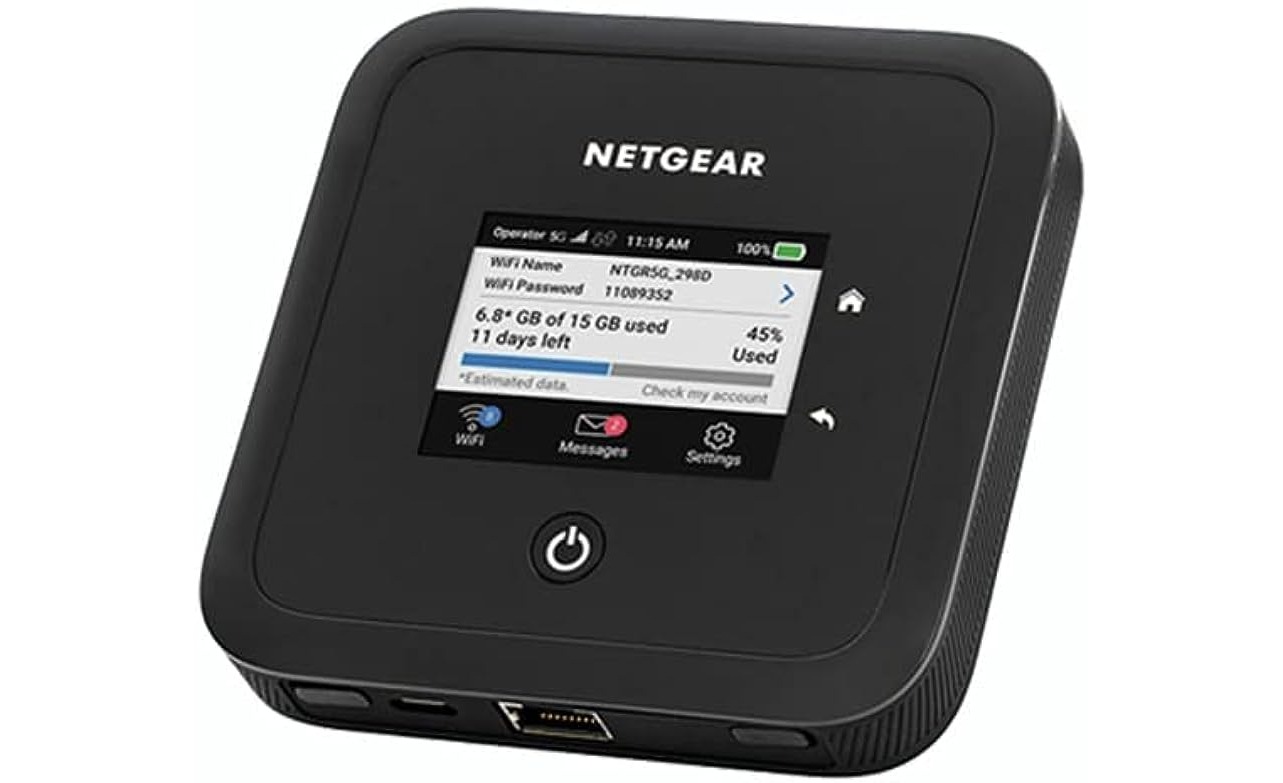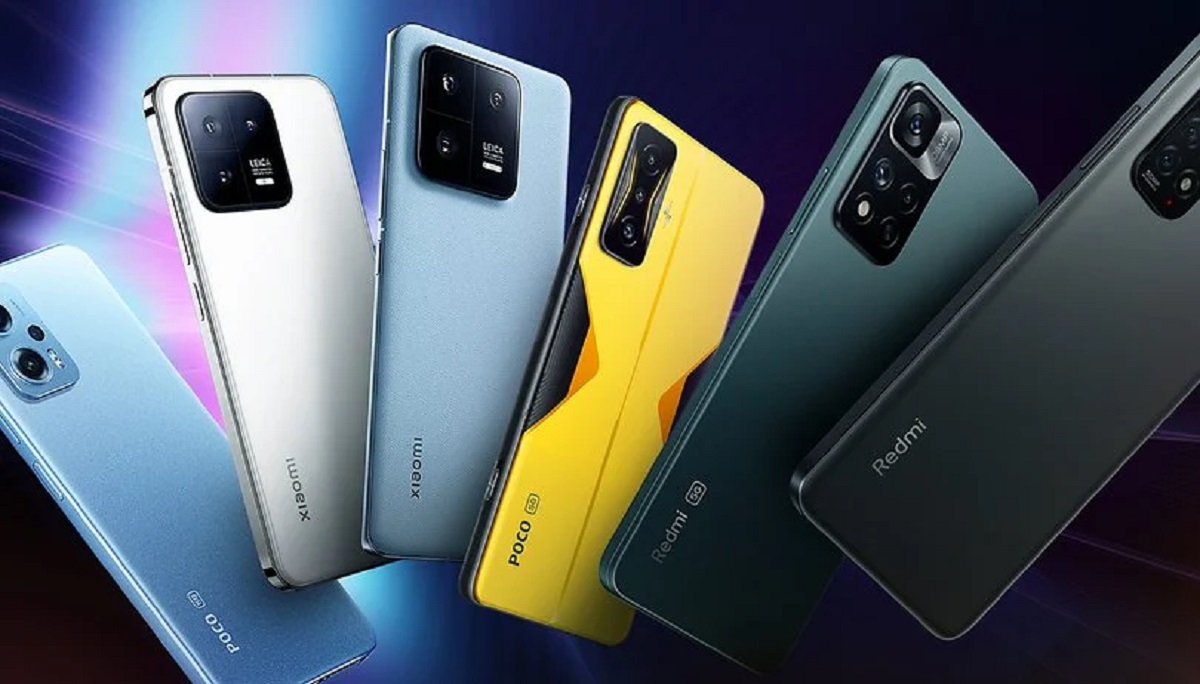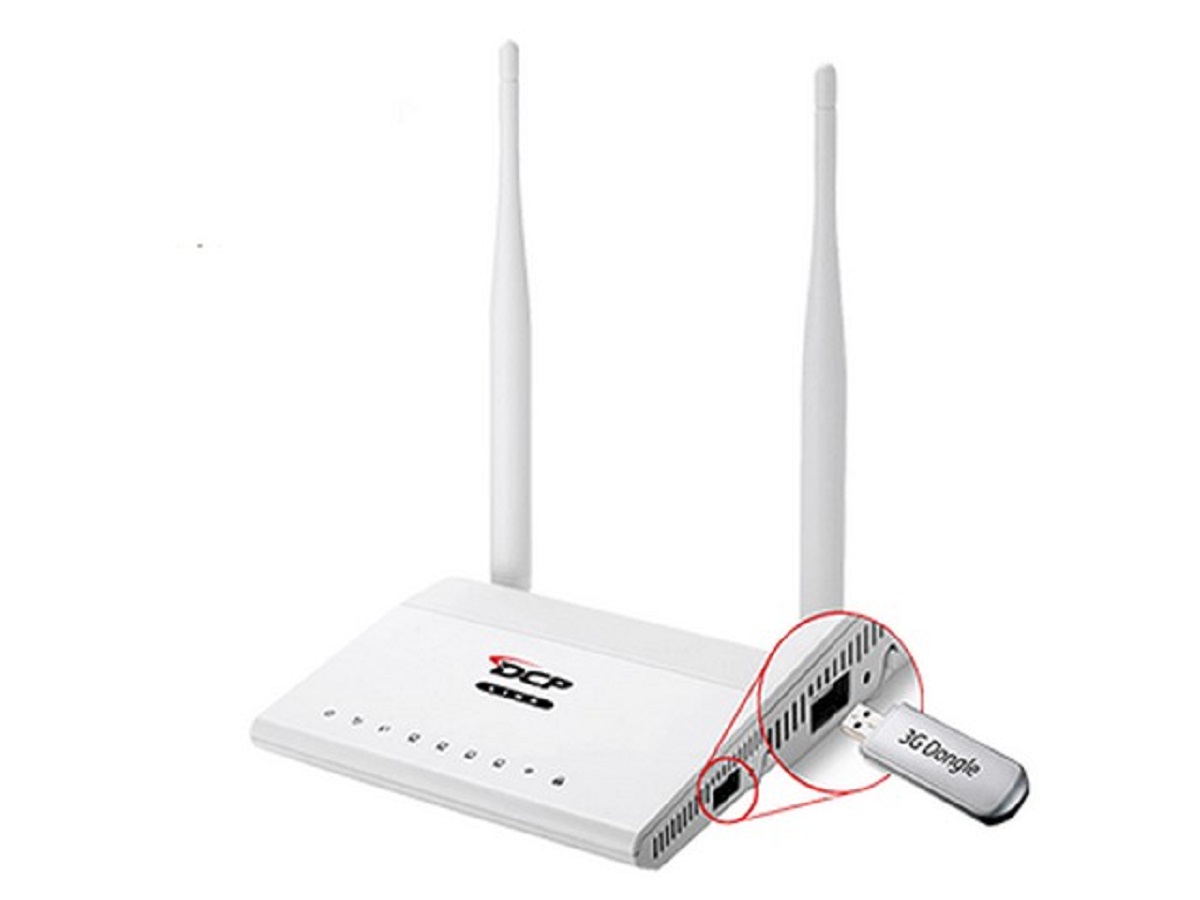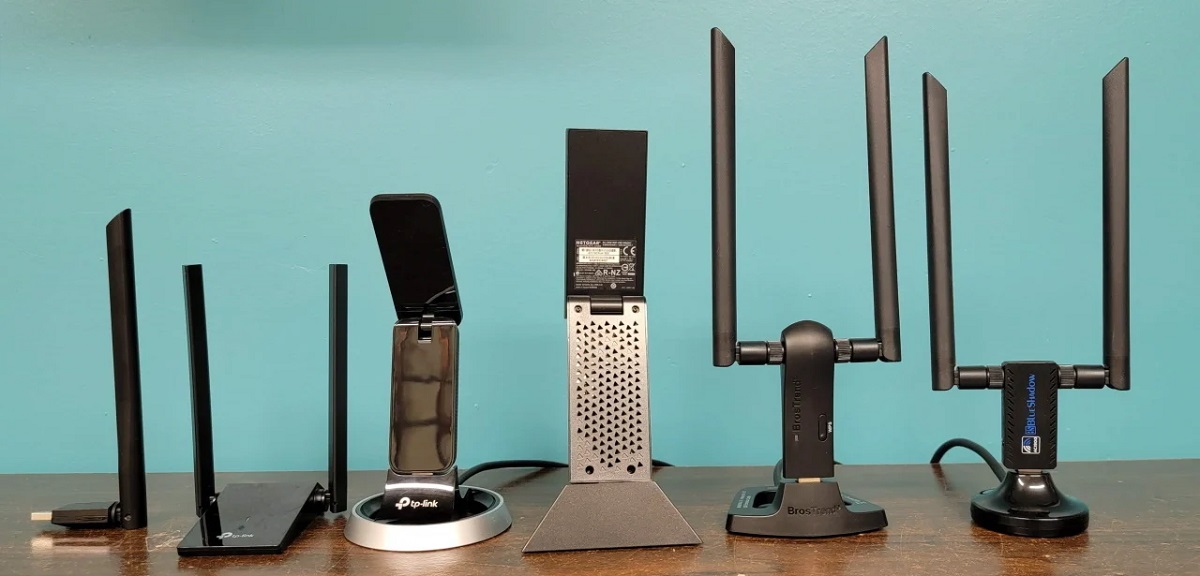Introduction
Welcome to the world of wireless connectivity, where staying connected to the internet has become an indispensable part of our daily lives. As technology continues to advance, the need for reliable and fast internet access is paramount. One major player in the wireless industry is Verizon, a telecommunications company that offers a range of services including their 3G network.
Verizon 3G, short for the third generation of wireless technology, provides users with access to the internet, allowing them to browse websites, check emails, and stream videos all from their mobile devices. It revolutionized the way we communicate and paved the way for the subsequent 4G and 5G networks.
But just how fast is Verizon 3G? And how does it compare to other wireless networks? In this article, we will explore the speed of Verizon 3G, factors that affect its performance, and tips to optimize your 3G experience.
It’s important to note that while Verizon has since moved on to newer and faster technologies, such as 4G LTE and 5G, there are still many areas where 3G coverage is available. Additionally, some users may still have 3G devices or may not have access to the newer networks, making it essential to understand the capabilities and limitations of Verizon 3G.
So, are you ready to dive into the world of Verizon 3G speed? Let’s get started and discover what this wireless network has to offer!
What is Verizon 3G?
Verizon 3G, also known as Third Generation, is a wireless network technology that offers internet connectivity to Verizon customers. It is an evolution from previous generations of wireless technology, providing faster data transmission speeds and more advanced capabilities.
Verizon 3G operates on the CDMA (Code Division Multiple Access) network, allowing multiple users to share the same frequency at the same time. This enables more efficient use of available bandwidth and improved network performance.
With Verizon 3G, users can access the internet, send and receive emails, engage in video conferencing, and perform various online activities using their mobile devices. It provides a reliable means of staying connected when Wi-Fi is not available or unreliable.
It’s important to note that Verizon’s 3G network has been largely replaced by newer and faster technologies, such as 4G LTE (Long-Term Evolution) and 5G. These newer networks offer significantly higher data transfer speeds and improved overall performance. However, certain areas may still rely on Verizon 3G coverage due to limited infrastructure or device compatibility.
Verizon 3G operates on different frequency bands, typically in the 850 MHz and 1900 MHz ranges. The network technology allows for both voice and data transmission, providing a comprehensive communication solution for Verizon customers.
While Verizon 3G offers internet connectivity, it is important to understand that the speed may vary depending on several factors, including location, network congestion, and device capabilities. These factors can impact the overall performance and user experience on the network.
In the next sections, we will delve deeper into how Verizon 3G compares to other wireless networks, the factors that influence its speed, and practical tips to optimize your 3G connection. So, let’s continue our exploration of Verizon 3G and discover how it stacks up in the world of wireless connectivity.
How does Verizon 3G compare to other wireless networks?
When it comes to comparing Verizon 3G to other wireless networks, it’s essential to consider factors such as speed, coverage, and overall performance. While Verizon’s 3G network was once considered cutting-edge technology, it has since been surpassed by faster and more advanced networks like 4G LTE and 5G. However, it’s still important to have a clear understanding of how it measures up.
Starting with speed, Verizon’s 3G network offers download and upload speeds that can vary depending on the network’s capacity and the user’s location. On average, Verizon 3G is capable of delivering download speeds between 600 Kbps and 1.4 Mbps. Upload speeds typically range between 500 Kbps and 800 Kbps.
In comparison to 4G LTE, which can offer download speeds of up to 100 Mbps and upload speeds of up to 50 Mbps, Verizon 3G significantly lags behind in terms of speed. This makes 3G less ideal for data-intensive tasks such as streaming HD video or video conferencing.
Another factor to consider is coverage. Verizon’s 3G network has extensive coverage across the United States, reaching many remote and rural areas where 4G LTE and 5G networks may not be available. This makes 3G a reliable option for users in these regions who still rely on older devices or have limited access to newer networks.
However, it’s worth noting that Verizon has been phasing out its 3G network in favor of newer technologies. As a result, the coverage and quality of the 3G network may not be as robust as it once was. Therefore, it’s important to check with Verizon for the latest information on 3G coverage in your area.
In terms of overall performance, Verizon 3G may be less reliable and have higher latency compared to 4G LTE and 5G networks. This can result in slower response times when browsing the internet, playing online games, or using real-time communication applications like video chat.
Keep in mind that the comparison between Verizon 3G and other wireless networks depends on individual circumstances and requirements. If you primarily use your mobile device for basic tasks like checking emails, social media browsing, and light web browsing, Verizon 3G may still be sufficient. However, if you rely heavily on fast and reliable internet connections, it is highly recommended to consider upgrading to 4G LTE or 5G if available.
Now that we have explored how Verizon 3G measures up against other wireless networks, let’s dive deeper into the factors that can affect the download and upload speeds of Verizon 3G.
Factors that affect Verizon 3G download and upload speeds
While Verizon 3G offers internet connectivity on the go, the actual download and upload speeds can be impacted by several factors. Understanding these factors can help you optimize your Verizon 3G experience and make the most out of your wireless connection.
1. Network Congestion: One significant factor that can affect Verizon 3G speeds is network congestion. During peak usage times or in densely populated areas, the network bandwidth may be shared among a large number of users, leading to slower speeds. This congestion can result in decreased download and upload rates, causing delays in accessing online content.
2. Distance from Cell Tower: The proximity to the nearest cell tower also plays a role in determining Verizon 3G speeds. The further away you are from the tower, the weaker the signal strength, resulting in slower data transmission. If you frequently experience slow speeds, moving closer to a cell tower or finding a location with better coverage can help improve your Verizon 3G connection.
3. Building Interference: The materials used in buildings, such as thick walls or metal structures, can obstruct the wireless signal and create interference. This interference can weaken the Verizon 3G signal strength, leading to slower speeds and a less reliable connection. Being in open areas or near windows can help mitigate this interference and improve your 3G speeds.
4. Device Limitations: The capabilities of your device can also impact Verizon 3G speeds. Older devices or those without the latest technology may not be able to fully utilize the available network speeds. Upgrading to a newer device that supports faster data transfer rates, such as a 4G LTE-enabled smartphone, can significantly improve your overall connectivity experience.
5. Network Coverage: While Verizon’s network coverage is extensive, there may still be areas where the signal strength is weaker or unavailable. In such cases, your device may struggle to connect to the network or experience lower speeds. Checking the coverage maps provided by Verizon or contacting their customer support can help determine the expected coverage in your specific location.
It’s important to note that Verizon 3G speeds are inherently slower compared to newer network technologies like 4G LTE and 5G. If you consistently require faster and more reliable speeds, considering an upgrade to a device and plan that supports these advanced networks may be beneficial.
Now that we have explored the factors that can affect Verizon 3G download and upload speeds, let’s move on to the next section, where we will examine real-world speed test results to get a better understanding of the performance you can expect from Verizon 3G.
Real-world Verizon 3G speed test results
When it comes to evaluating the actual speed of Verizon 3G in real-world scenarios, conducting speed tests provides valuable insights into the network’s performance. These tests measure both download and upload speeds, giving users a better understanding of the capabilities of their Verizon 3G connection.
It’s important to note that speed test results can vary widely depending on factors such as location, network congestion, and device capabilities. However, they provide a general indication of the average speeds users can expect on the Verizon 3G network.
Based on various speed tests conducted in different locations, the average download speeds on Verizon 3G typically range from 600 Kbps to 1.4 Mbps. Upload speeds, on the other hand, usually fall between 500 Kbps and 800 Kbps.
These speeds are sufficient for basic internet tasks such as web browsing, checking emails, and using social media platforms. However, they may not be optimal for data-intensive activities like streaming high-definition videos or online gaming.
It’s important to keep in mind that these speed test results serve as a general guideline and may not reflect the performance you experience in your specific location. Factors such as network congestion, distance from cell towers, and device limitations can impact your individual speeds.
If you find that your Verizon 3G speeds consistently fall below the expected range, there are a few steps you can take to improve your connectivity. First, try moving to an area with a stronger signal, ideally closer to a Verizon cell tower. This can help boost your signal strength and improve your speeds.
Additionally, optimizing your device’s settings can also contribute to better performance. Close any unneeded applications running in the background, clear cache and cookies, and ensure that your device’s software is up to date. These steps can help allocate more resources to your Verizon 3G connection and potentially enhance your speeds.
While Verizon 3G may not match the speeds offered by newer networks like 4G LTE and 5G, it still remains a reliable option in areas where these advanced networks may not be available. Understanding the real-world speed test results of Verizon 3G can help you manage your expectations and make the most of your wireless connectivity.
In the next section, we will share some practical tips to help you optimize your Verizon 3G speed and enhance your overall wireless experience.
Tips to improve Verizon 3G speed
While the speeds of Verizon 3G may not match the performance of newer network technologies, there are several tips and tricks you can try to improve your overall Verizon 3G speed and enhance your wireless experience.
1. Find a better signal: The quality of your Verizon 3G connection depends on the strength of the signal. Try moving to an open area or near a window where the signal is stronger. This can help improve the signal strength and potentially enhance your speeds.
2. Keep your device up to date: Ensure that your device’s software is updated to the latest version. Manufacturers often release software updates that include performance optimizations, bug fixes, and network enhancements. Keeping your device up to date can help maximize its compatibility with Verizon 3G and improve overall speed and performance.
3. Clear cache and cookies: Over time, the cache and cookies stored on your device can take up valuable space and potentially slow down your Verizon 3G connection. Regularly clearing the cache and cookies can help improve your device’s overall performance and potentially enhance your 3G speeds.
4. Limit background apps: Running multiple apps in the background can consume precious system resources and bandwidth, impacting your Verizon 3G speed. Close or disable any unnecessary apps running in the background to free up resources and prioritize network performance.
5. Disable automatic updates: Automatic app updates can consume data and potentially slow down your Verizon 3G connection. Disable automatic updates or set them to occur only when connected to a Wi-Fi network to prevent unwanted data usage and potential speed decreases.
6. Manage downloads and uploads: If you are experiencing slow Verizon 3G speeds, avoid downloading or uploading large files when using the network. These activities can consume a significant amount of bandwidth, resulting in slower speeds. Try to schedule your downloads and uploads for times when you have access to a faster Wi-Fi connection.
7. Use a signal booster: If you consistently struggle with poor Verizon 3G signal strength, consider investing in a signal booster. These devices amplify the wireless signal and can help improve your 3G speeds, particularly in areas with weaker coverage.
8. Consider a device upgrade: If you rely heavily on your Verizon 3G connection and require faster speeds, it may be worthwhile to consider upgrading to a newer device that supports 4G LTE or 5G networks. These technologies offer significantly faster speeds and improved overall performance compared to 3G.
Implementing these tips can help optimize your Verizon 3G speed and enhance your wireless connectivity experience. However, it’s important to keep in mind that the speeds and performance may still be limited by the inherent capabilities of 3G technology.
Now that we’ve explored various tips to improve Verizon 3G speed, let’s conclude our discussion on this wireless network and recap the key points we’ve covered.
Conclusion
In conclusion, Verizon 3G remains a viable option for wireless connectivity, albeit with certain limitations. While it offers internet access and the ability to stay connected on-the-go, Verizon 3G’s speeds are significantly slower compared to newer network technologies like 4G LTE and 5G.
Throughout this article, we explored various aspects of Verizon 3G, including what it is, how it compares to other wireless networks, factors that affect its download and upload speeds, as well as real-world speed test results. We also provided tips to help improve Verizon 3G speed and enhance the overall wireless experience.
Verizon 3G operates on the CDMA network and provides average download speeds ranging from 600 Kbps to 1.4 Mbps, with upload speeds typically falling between 500 Kbps to 800 Kbps. These speeds are sufficient for basic internet tasks, but may not meet the demands of data-intensive activities.
Factors such as network congestion, distance from cell towers, building interference, and device limitations can affect Verizon 3G speeds. Being aware of these factors can help users optimize their connectivity and improve their overall experience.
Real-world speed test results provide a general indication of the speeds users can expect on Verizon 3G, but individual experiences may vary due to factors beyond control. It’s important to note that Verizon has been phasing out its 3G network in favor of faster technologies.
While there are tips and tricks to improve Verizon 3G speed, such as finding a better signal, keeping devices up to date, managing downloads and uploads, and limiting background apps, it’s crucial to consider upgrading to a device and plan that supports 4G LTE or 5G for faster and more reliable internet speeds.
In conclusion, Verizon 3G continues to play a role in providing wireless connectivity, especially in areas where newer networks may not be available. However, as technology advances, users are encouraged to explore and leverage the benefits of the latest wireless technologies for faster and more robust internet experiences.







